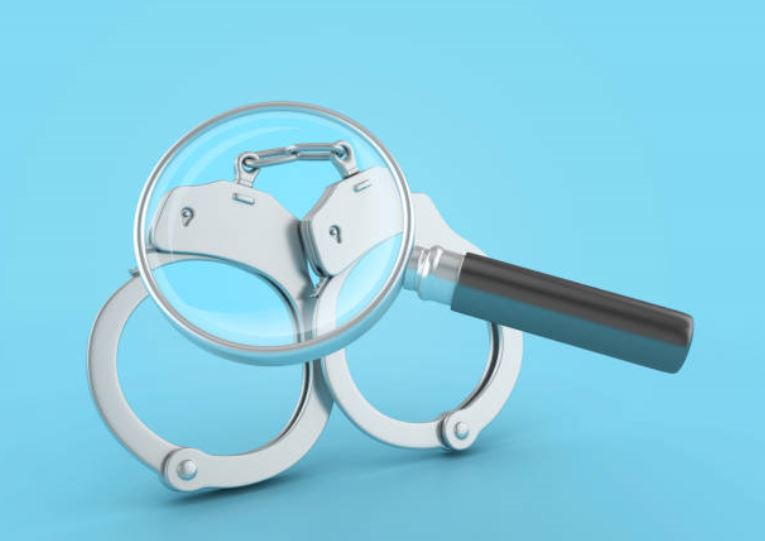Recovering from a Google Penalty: Action Steps and What to Expect from Future Updates
Facing a Google penalty can be a daunting experience for any website owner. Whether it’s a manual action from the Google team or an algorithmic adjustment, the impact on traffic and search rankings can be significant. However, recovery is possible with the right strategies and a proactive mindset. In this article, we’ll explore actionable steps you can take to recover from a Google penalty and what you should anticipate from future updates.
Understanding Google penalties
Before diving into recovery strategies, it’s essential to understand what a Google penalty is. Google penalties are actions taken against websites that violate the search engine’s guidelines, typically revolving around issues like:
- Black hat SEO techniques: Practices like keyword stuffing, cloaking, and using private link networks.
- Thin or duplicate content: Low-quality content that doesn’t provide value to users.
- Unnatural backlinks: Links from low-quality sites or manipulative link-building practices.
There are two main types of penalties:
- Manual actions: These are penalties imposed by Google’s human reviewers who find violations of guidelines during routine site audits.
- Algorithmic penalties: These occur when Google’s algorithms (like Panda or Penguin) detect violations without human intervention.
Identifying the penalty
The first step in recovery is identifying the type of penalty your site has incurred. If you suspect a manual action, check your Google Search Console for notifications. Google will usually inform you of any manual penalties, providing details about the issue.
The process for algorithmic penalties is less straightforward. It is essential to recognize that algorithmic penalties can be more challenging to diagnose. These penalties may not come with explicit notifications, making it vital for SEO in the Philippines to monitor website performance actively. Look for sudden drops in traffic, particularly after significant algorithm updates, as these can directly affect your visibility in search results. Tools like Google Analytics can help you track traffic patterns over time.
Action steps for recovery
Once you’ve identified the penalty, it’s time to take action. Here are the steps to follow:
- Analyze and assess
Start by conducting a thorough audit of your website. This includes:
- Content review: Identify low-quality, thin, or duplicate content. Use tools like Screaming Frog or Sitebulb to analyze your site’s content.
- Backlink profile: Use tools like Ahrefs or SEMrush to assess your backlink profile. Look for spammy or irrelevant links that could harm your site’s reputation.
- Technical SEO check: Ensure your site is technically sound. Check for broken links, proper indexing, and mobile-friendliness.
- Remove bad links
You need to clean up your link profile if your penalty is due to unnatural backlinks. Here’s how:
- Identify toxic links: Use backlink analysis tools to find harmful links pointing to your site.
- Contact webmasters: Reach out to webmasters of sites with harmful links, requesting the removal of these links.
- Disavow links: If certain links can’t be removed, use Google’s Disavow Tool to inform Google that you don’t want these links to be considered in your ranking.
- Improve content quality
Content is king, and ensuring it meets Google’s quality guidelines is crucial:
- Create value: Focus on producing high-quality, original content that addresses user needs. Ensure your content is informative, engaging, and well-researched.
- Update existing content: Revise thin or outdated content to enhance its quality. Add depth, improve readability, and optimize for relevant keywords.
- Remove duplicate content: Eliminate or canonicalize duplicate content to avoid confusion for search engines.
- Address technical issues
Technical SEO is fundamental in ensuring your site is easily crawlable and indexable:
- Fix errors: Address any broken links, 404 errors, or redirect issues that could hinder user experience and indexing.
- Improve site speed: Ensure your website loads quickly. Use tools like Google PageSpeed Insights to identify speed issues and optimize images, scripts, and server response times.
- Mobile optimization: Make sure your site is mobile-friendly, as mobile usability is a significant ranking factor.
- Submit a reconsideration request
If your site has been hit with a manual penalty, you can submit a reconsideration request through Google Search Console once you’ve taken the necessary steps to rectify the issues. In your request:
- Explain actions taken: Clearly outline what you’ve done to address the issues that led to the penalty.
- Be honest: Acknowledge any mistakes and demonstrate your commitment to following Google’s guidelines moving forward.
- Monitor and adjust
After submitting your reconsideration request or making changes to your site, continue to monitor your performance closely:
- Track traffic and rankings: Use Google Analytics and Search Console to track any changes in traffic and rankings after your recovery efforts.
- Stay informed: Keep up with SEO news and updates to stay aware of any changes to Google’s algorithms or guidelines.
What to expect from future updates
Google regularly updates its algorithms to improve search quality, which can impact your site even after recovery. Here’s what to keep in mind:
- Emphasis on quality content
Google is increasingly prioritizing high-quality, relevant content. Focus on creating valuable resources for your audience, which will be vital for long-term success.
- Evolving SEO practices
SEO best practices continually evolve. Stay updated on trends, algorithm changes, and SEO strategies to ensure your site remains compliant with Google’s guidelines.
- Ongoing monitoring
Regularly audit your site’s performance, content quality, and backlink profile. Being proactive can help you catch potential issues before they escalate.
- Community engagement
Engage with the SEO community through forums, webinars, and conferences. This can provide valuable insights into recovery strategies and best practices.
Conclusion
Recovering from a Google penalty is undoubtedly challenging, but it is achievable with a structured approach and a commitment to improvement. You can rebuild your online presence by analyzing your site, addressing issues, and focusing on quality. Stay vigilant and adaptable to future updates, ensuring that your website not only recovers but thrives in the competitive digital landscape. Remember, SEO is a long-term game, and consistent effort will yield the best results over time.



